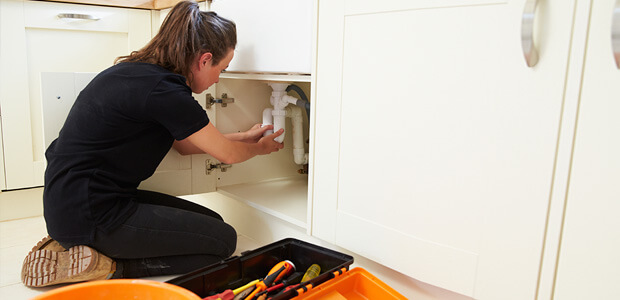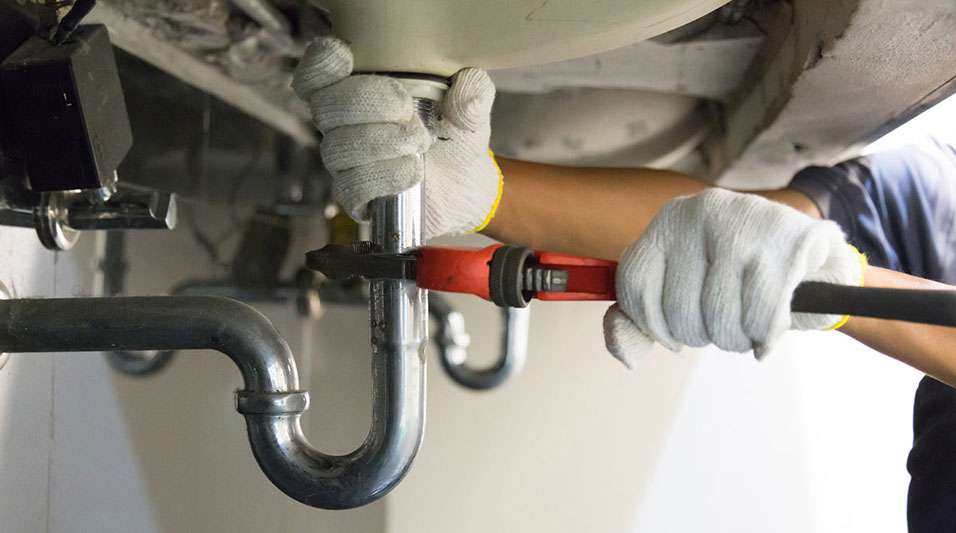Any individual is bound to have their own unique assumption when it comes to How to handle a clogged drain in your home.

Intro
Managing an obstructed drainpipe can be a discouraging experience, interfering with day-to-day tasks and potentially causing damages to your residential property. However, before reaching out to plumbing specialists, there are steps you can require to resolve the problem yourself. In this guide, we'll explore DIY solutions and preventive measures to take on a blocked drain successfully.
Determining the Issue
The very first step in attending to a blocked drainpipe is recognizing the indications. Slow-moving drainage, gurgling noises, foul odors originating from drains pipes, or water backing up are common indications of an obstructed drain. Determining these indications early can aid prevent even more complications.
Selecting the Right Plumbing Solution
When choosing a pipes solution, take into consideration variables such as experience, licensing, and customer reviews. Choose a trustworthy plumbing with a performance history of high quality workmanship and transparent rates techniques.
Expense Factors to consider
The price of expert drain cleaning company can differ depending upon the seriousness of the clog and the plumbing professional's rates. Request quotes from multiple companies and ask about any additional charges to make sure transparency and avoid surprises.
Security Measures
When attempting DIY drainpipe cleaning, focus on safety and security. Use safety handwear covers and eyewear to prevent contact with hazardous chemicals or bacteria. Never ever mix various drain cleaning items, as this can create dangerous fumes.
Situation Researches
Real-life examples show the effectiveness of DIY services and the relevance of timely expert intervention in resolving drain blockages.
Typical Sources Of Blocked Drains
Recognizing the elements that add to drain pipes blockages is vital for reliable resolution. Typical offenders consist of hair, soap residue, grease, food debris, and international things like sanitary products or paper towels. Tree origins invading below ground pipelines can likewise cause significant obstructions.
Do it yourself Solutions
For small obstructions, numerous do it yourself remedies can be efficient. Putting boiling water down the drainpipe can aid liquify oil and particles. Sodium bicarbonate and vinegar or a blend of salt and baking soda can act as all-natural cleaners. Making use of a bettor or plumbing serpent to remove blockages is an additional alternative.
Tools and Equipment
Having the right tools available can make DIY drain cleansing a lot more effective. A plunger is a versatile device for removing blockages in sinks, commodes, and showers. A plumbing snake or auger can get to deeper blockages, while drainpipe cleansing chemicals can be utilized carefully for stubborn clogs.
Safety nets
To avoid future clogs, adopting safety nets is critical. Mount drain guards or strainers to catch hair and debris prior to they go into the pipelines. Routinely flush drains with warm water to dissolve grease accumulation, and prevent throwing away oil or strong waste away.
When to Call a Specialist
While do it yourself solutions can fix minor obstructions, specific indications suggest the requirement for professional assistance. Relentless clogs, foul odors regardless of cleaning up initiatives, or multiple drains supporting simultaneously are red flags that warrant expert intervention.
Verdict
By following the suggestions laid out in this guide, you can properly tackle obstructed drains pipes and prevent future pipes problems. Whether choosing DIY options or looking for specialist help, timely activity is crucial to preserving a healthy and balanced pipes system and preserving the stability of your home.
WHAT I LEARNED FROM TRYING TO DEAL WITH A CLOGGED DRAIN
We have had our share of seepages and other annoying things that are part of living, especially in an apartment complex. And if there’s one thing that’s terrifying for a homeowner—or even someone in a rented home—it is a clogged drain, indoors or outdoors.
We enjoy our living space, but it’s simply a fact of life that dead skin, soap and a host of other items go down the drain; eventually, the residue builds up and prevents anything from moving. Ugh.
Not Calling A Professional
Of course, it might seem simple to just whip the pipe off under the sink and see if you can unblock it. Unfortunately, what if the blockage isn’t there, or you don’t reconnect it properly? Worse, you might break a piece and have no drainage system. Can you imagine that scene? Yuck!
Not Watching Your Waste
This will sound d’uh, but the best tip I can give you for drain cleaning is to avoid clogging the drain in the first place! You can do this by monitoring what goes down the drain and catching the items which are most likely to give you a problem. Invariably hair, vegetable peels, and large wads of toilet paper are the most obvious culprits. Add a filter—these are available in hardware stores and can be removed and cleaned easily.
Poking The Drain
The first urge with a clogged drain is to poke at it with a stick or anything that resembles a stick. Sadly, this does not result in magically solving the issue. The mental image is, naturally, one of the stick just pushing through the offending item and all is well again. Reality is quite different and unpleasant and likely to lead to further problems.
The thing is, every drain has a series of bends that are not visible to us. Drains are built this way to prevent gases from entering the house. What happens when you poke a stick into the drain? Of course, it can’t bend around the corner. The more adventurous people will use force and end up wedging the stick or causing it to break off in the pipe—creating an even bigger issue. Worst thing? The stick will shift the block further down the pipe, creating the space for more to collect. Go ahead! Roll your eyes!
Using The Wrong Plunger
You know what they say: the right tool for the right job! Did you know there are different types of plungers besides the basic one we keep at home for an emergency? Yes, there are. For example, the toilet plunger has a bell-shaped bottom while the sink plunger is flat. This is an important difference and using the wrong plunger will be useless. There’s also a knack in using plungers—they must be placed in such a way that they create an airtight seal and then, moved slowly up and down—not as fast as we imagine.
https://vidyasury.com/2018/01/learned-trying-deal-clogged-drain.html

Do you enjoy more info about Tips for Dealing with Clogged Drains and Sewer Lines? Write feedback down the page. We'd be pleased to find out your responses about this blog posting. We are looking forward that you come back again in the near future. Sharing is good. One never knows, you may just be helping someone out. We value your readership.
Call Today